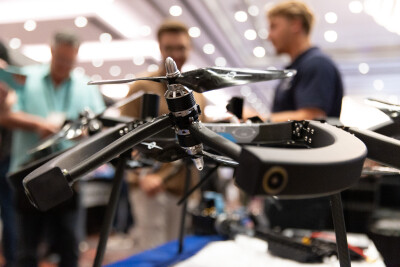Leave it to NASA to demonstrate another perfect application for the use of laser scanning – let’s call it clash detection on a very grand scale. You’ve probably all heard about how the retired Space Shuttle Endeavour was flown on the back of a jumbo jet from Florida’s Kennedy Space Center to LAX. Sure, that took some planning. But that was the easy part. In mid-October comes the very difficult part: Getting the Space Shuttle through 12 miles of LA-area streets to its final resting place at the California Science Center.
See, as outlined in this story from NPR, the Space Shuttle is enormous: a wingspan of 78 feet, a tail piece that reaches five stories into the air, and a girth of some 170,000 pounds. There are only so many paths from LAX to the Science Center that can accommodate that. And to decide just the right path, they laser scanned the paths they had in mind then virtually took the shuttle through the streets to make sure it would fit – or not:
The route was selected after a team of engineers donated hundreds of hours to figuring out the best way to get the intact shuttle from the airport to the science center. They had to find streets that were wide enough, not too steep, and able to bear the weight of the 170,000-pound spacecraft. They used computer simulations and lasers to precisely measure distances to possible obstructions, like buildings to traffic lights. A lot of stuff has to be moved.
“For almost seven months now, we’ve been elevating power lines so that the tail can clear the power lines,” notes Phillips.
Some 500 trees had to be sacrificed so that the wings wouldn’t get caught up on them.
Even so, they’re only planning to drive 1 mph. At top speed. The whole trip is going to take two days. There will be times when the tips of the wings are just inches from buildings. Talk about a nerve-wracking drive.
By comparison, the flight out was pretty simple – and definitely delivered some amazing video. Until we get a look at the trip through LA, we’ll just have to settle for a look at the trip over LA. Talk about cool:
Anyone out there actually help out with the scanning? Drop me a line. I’ve got some calls out in the meantime.





